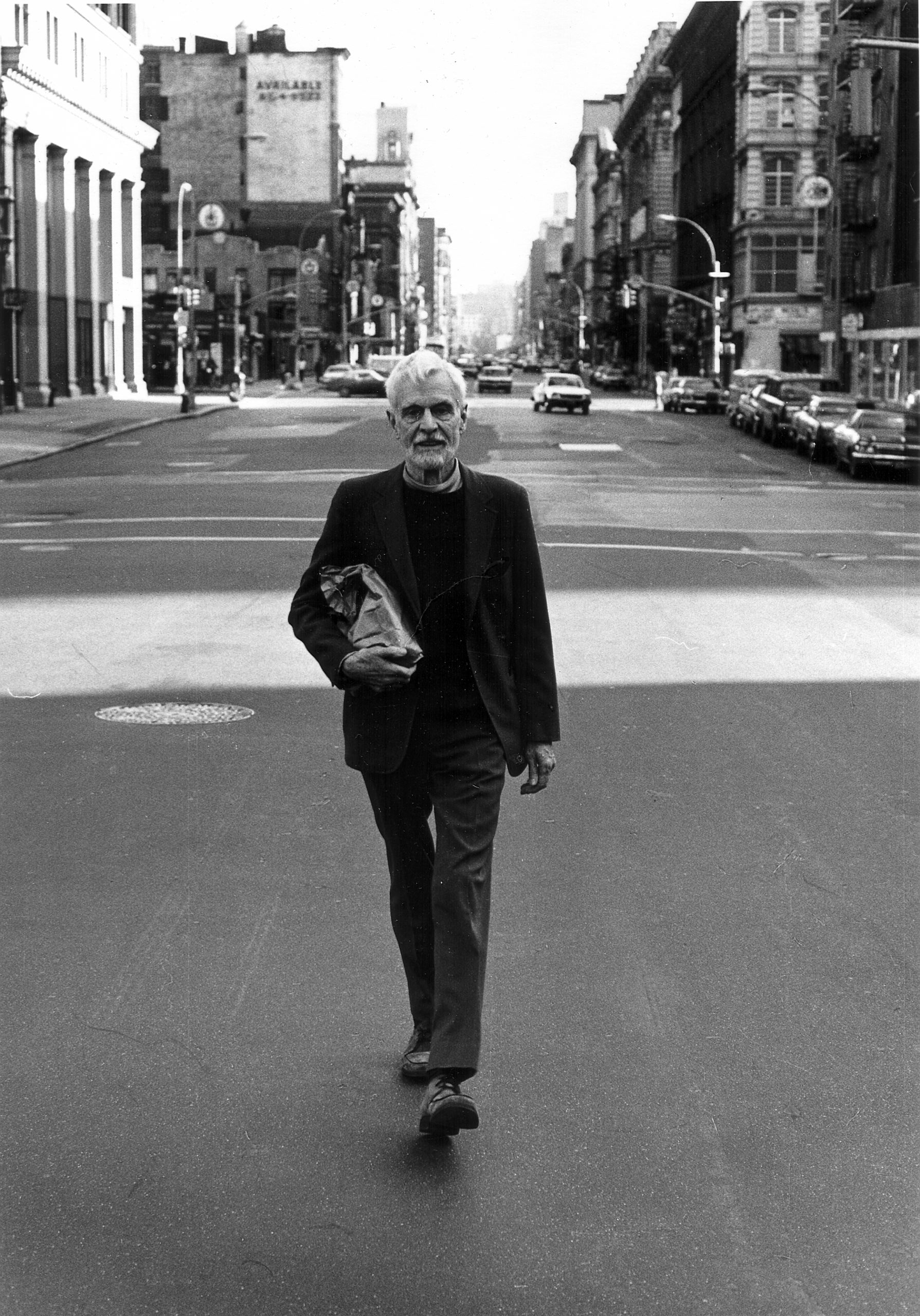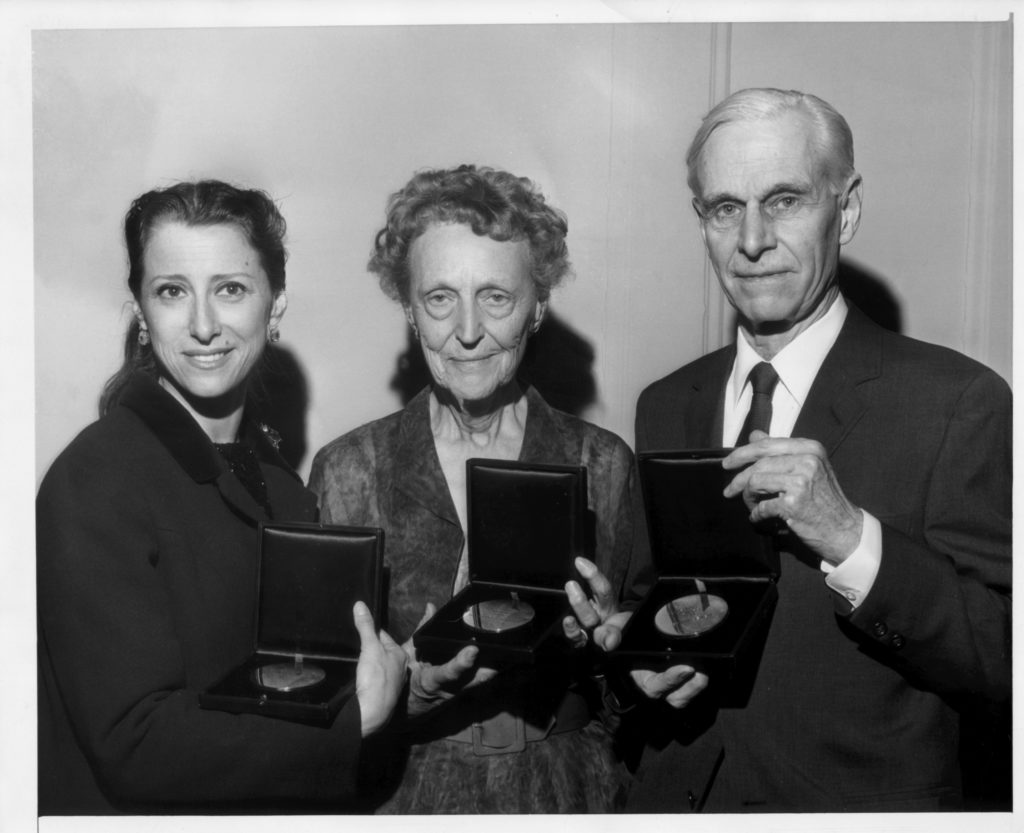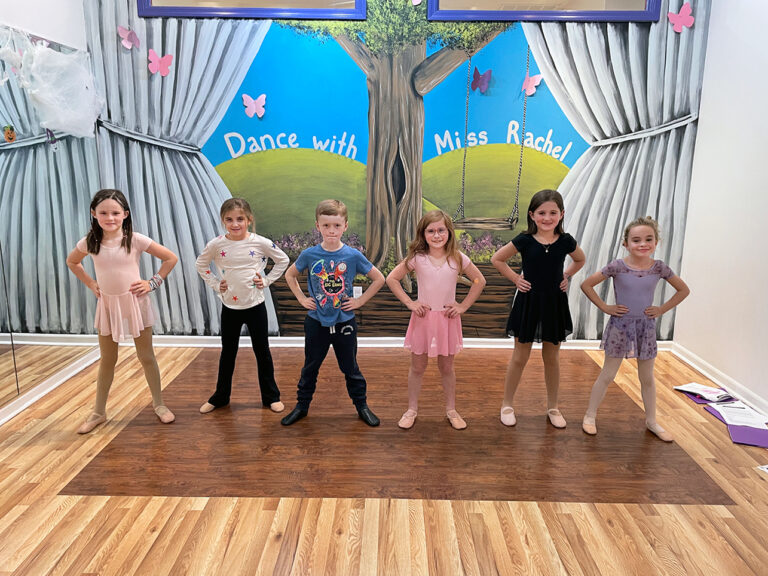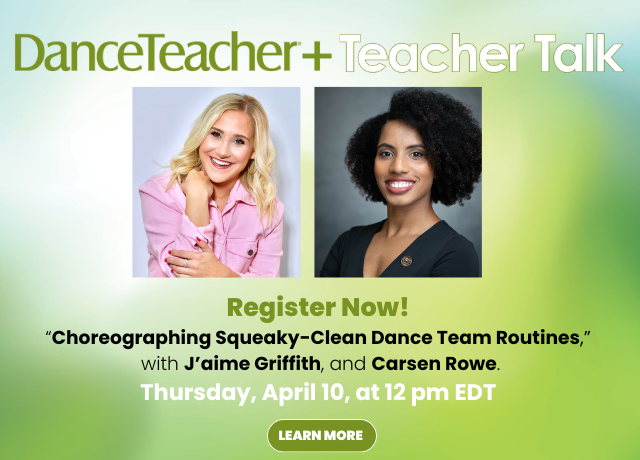
Until the late 1970s, a slight, regal man with radiant white hair was a quiet fixture at theaters throughout New York City. Edwin Denby (1903–1983), an established dance critic and poet, saw as many styles of dance as he possibly could. Though Denby rarely spoke—and when he did, he whispered—his silent authority carried a far greater weight than the chatter of the other critics in the theater lobbies. Indeed, his bright, clear-eyed criticism was all about looking. “Watching and seeing was his life,” says choreographer Douglas Dunn, one of Denby’s close friends. “He was the ultimate perceiver.”
Edwin Orr Denby was born February 4, 1903, in Tientsin, China, to American parents. Denby’s family was nomadic, and the sensitive, fiercely intelligent little boy hopscotched across the world for most of his childhood. Eventually the Denbys returned to America, and at 16 Edwin enrolled at Harvard University. Restless, he dropped out during his sophomore year, and after some floundering moved back to Europe, where he took courses at the University of Vienna and studied modern dance at Vienna’s Hellerau-Laxenburg School. Denby found a home in the dance studio. He joined a dance company in Darmstadt, Germany, and appeared with several troupes in Switzerland.
All along, Denby was writing poetry, and he continued to identify as a poet first even in his later years. Lincoln Kirstein once said that poets are “choreographers of words”; perhaps this is why Denby felt an instant affinity with George Balanchine, a fellow neoclassicist, when he saw the Ballets Russes perform Balanchine’s Prodigal Son in Paris in 1930.
Just two years after Balanchine came to the U.S. in 1933, a tired and injured Denby followed, settling into an unheated fourth-floor walkup on West 21st Street in Manhattan. (He would live in this apartment, along with his cat Friendly, whom he fed jars of baby food, for the rest of his life.) Hopelessly unemployed, Denby submitted a rambling manuscript to Modern Music magazine. Editor Minna Lederman saw something in his writing and asked him to write a dance column for a penny a word.
“Art takes what in life is an accidental pleasure and tries to repeat and prolong it.”
— Edwin Denby
Denby began writing about dance at a crucial moment in America’s cultural history. Several choreographers—with Balanchine and Martha Graham at the forefront—were starting to make daring, energetic pieces that felt distinctly American. In the essays Denby wrote for Modern Music (and later for the New York Herald Tribune, Dance Magazine and The Nation, among others), he developed a style of criticism that is at once breezy and lyrical, a poetic mode uniquely suited to those vibrant new works. “Edwin’s writing lets the dance be what it is, and gives it back to the reader in a way that’s primarily—and gorgeously—descriptive,” says Dunn. “He had opinions, but judgment wasn’t his first priority. His major putdown word was ‘admirable.’ Even if he didn’t like a piece, he would never stop looking.”
Denby wrote beautifully about many American choreographers, including Graham, Jerome Robbins and Merce Cunningham, but he was at his best reviewing Balanchine’s dances. And his timing was perfect: Denby’s critical career spanned one of the prolific choreographer’s most fruitful periods, so that his essays form an exquisite catalogue of some of the most iconic Balanchine masterpieces. A famous passage from a 1945 review gracefully captures the dramatic texture of a pivotal moment in Concerto Barocco:
Against a background of chorus that suggests the look of trees in the wind before a storm breaks, the ballerina, with limbs powerfully outspread, is lifted by her male partner…in narrowing arcs higher and higher. Then at the culminating phrase, from her greatest height he very slowly lowers her…till her toe reaches the floor and she rests her full weight at last on this single sharp point…It has the effect at that moment of a deliberate and powerful plunge into a wound.
Denby’s remarkable work earned him a Guggenheim fellowship in 1948, the Dance Magazine Award in 1965 and the Brandeis University Notable Achievement award in 1979. He also published two volumes of dance criticism, Looking at the Dance (1949) and Dancers, Buildings and People in the Streets (1965). With characteristic modesty, Denby never trumpeted these accomplishments. He kept only one copy of each of his books, hiding them in a closet.

Though his dance writing slowed to a halt in the 1960s, Denby kept attending performances. And he didn’t discriminate; his white head presided serenely over downtown shows just as frequently as it appeared at New York City Ballet productions. All the while, Denby led the way for the next generation of critics, like Arlene Croce, Robert Gottlieb and Joan Acocella. Croce, former New Yorker dance critic and Denby’s good friend, once joked that she has “spent years combing Denbyisms out of her prose.” (“What’s wrong with that?” says Dunn. “Leave ’em in!”)
Suffering from excruciating ulcers and other medical problems, Denby quietly took his own life on July 12, 1983. Biographer William MacKay says that Balanchine’s death just three months earlier left Denby “standing on the wrong side of an epoch.” But he’d already made a lasting impression on the field of dance writing. Even Balanchine, who was notoriously dismissive of dance critics, made exceptions for Denby. Shortly after reading Denby’s essay on Concerto Barocco, he showed it to Richard Buckle, then editor of the English periodical Ballet. “If you must write,” Balanchine said, tapping Denby’s review, “try writing like that.” [DT]
Now, test your students’ knowledge with this history quiz.
Check out these resources for your students:
Books:
- Dance Writings, by Edwin Denby (Edited by Robert Cornfield and William MacKay,) University Press of Florida, 2007
- Dancers, Buildings, and People in the Streets, by Edwin Denby, Horizon Press, 1965
- Looking at the Dance, by Edwin Denby, Horizon Press, 1968
Articles:
- “On Edwin Denby,” by Lincoln Kirstein, The New York Review of Books Vol. 30, No. 14, September 29, 1983
- “The Man Who Understood Balanchine,” by Edmund White, The New York Times, November 8, 1998
- “Edwin Denby, Dance Critic, Dies at 80,” by Jack Anderson, The New York Times, July 14, 1983






